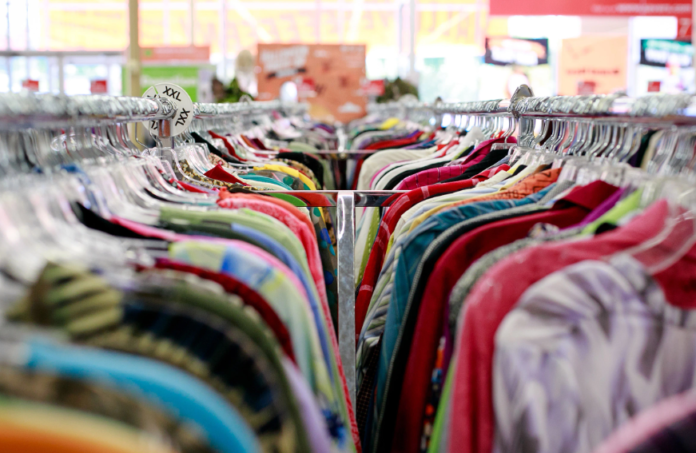As a thrift store, you are constantly getting donations from generous people in the community. It is important to have a system in place to properly take care of these donations. Here are a few tips on how to manage donations at your thrift store.
Track Your Drop Off Donations Accurately
As soon as a donation arrives at your thrift store, it should be inspected for signs of damage or wear and tear. If a piece of clothing has a hole in it, for example, it should be set aside to be repaired before it is put out on the sales floor. The same goes for any furniture or home goods that have chipped paint or scratches.
By inspecting each donation upon arrival, you can save yourself a lot of time and effort down the road. You can hire someone to take care of this process, but all staff should know the basics of tracking your donations. Both tracking and inspections are made easier when you invest in a dedicated system for drop off donation tracking.
Sorting Through Donations
A key step in donation management is sorting donations. You will want to sort donations by category (clothing, books, furniture, etc.) and then by condition (new, gently used, etc.). This will make it easier to determine what can be put out on the sales floor and what needs to be repaired or thrown away.
Make sure you have a strong system in place before accepting donations, as things can quickly get out of hand if you’re not careful. Set up physical space and organize your donations based on the category to avoid excess clutter.
Pricing Donations
Once you have sorted the donations, you will need to price them. When pricing items, you will want to consider the original value of the item, the condition of the item, and how much similar items are selling for at other thrift stores. It is important to price items fairly so that you can make a profit while still being competitive with other thrift stores.
Everything from used clothing to old furniture can be given new life in a thrift store. Use this to your advantage when making prices for your items. You can even utilize online tools to discover fair value and work out deals with customers from there.
Storing Donations for The Future
If you have a lot of donations coming in, you may not have enough space to put all of the items out on the sales floor. In this case, you will need to store some of the items until you have space for them. Be sure to store items in a safe and secure location so that they do not get damaged or stolen.
It is important to have a dedicated storage area for donations so that they can be properly sorted and organized. This will make it easier for you to find items when you need them and will help to keep your thrift store looking neat and tidy. A dedicated storage area will also deter thieves from making off with your donations.
Create a Donations Schedule
Last but not least, creating a donation schedule will help to ensure that your thrift store does not become overwhelmed with donations. You can work with local charities and community organizations to create a schedule for when they will drop off donations. This will help to keep things running smoothly at your thrift store.
Scheduling your donations adds a dimension of community participation to your store. When people know when to drop things off, they can make it part of their routine. You may also want to consider offering special deals and promotions during donation hours.
Managing donations at your thrift store does not have to be overwhelming. By sorting and pricing donations as they come in and storing excess donations safely, you can keep your thrift store running smoothly. Thanks for taking care of those generous donations.
































